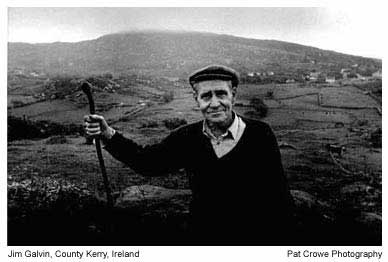
 |
|
|
#1 |
|
Member
Join Date: Jun 2007
Location: Detroit (New Mayapan)
Posts: 96
|
The word "shillelagh" makes me think of a knob-handled cane which can double as a fighting stick. Generally something of this size- not very large or thick:
 However, ever since "Gangs of New York" came out, I've been fascinated with the enormous shillelagh carried by William "Monk" McGinn.       I'm making the assumption that it's actually a shillelagh instead of just a club, since Monk was from Ireland and had already had the thing long enough to tally 40 kill-notches in the handle. I guess I'd call this a "war shillelagh" since it obviously couldn't double as a walking stick. Monk also has a lanyard that he wraps around his wrist. Given the weight of a shillelagh this large and heavy, however, the lanyard is understandable. It also looks like he had the end painted, perhaps with tar or pitch. Dipping the head in hot tar would certainly seal any cracks and enhance its durability. So, has anyone here ever seen or heard of a shillelagh that big? Or is this just strictly the idea of the movie prop makers? |
|
|

|
| Thread Tools | Search this Thread |
| Display Modes | |
|
|